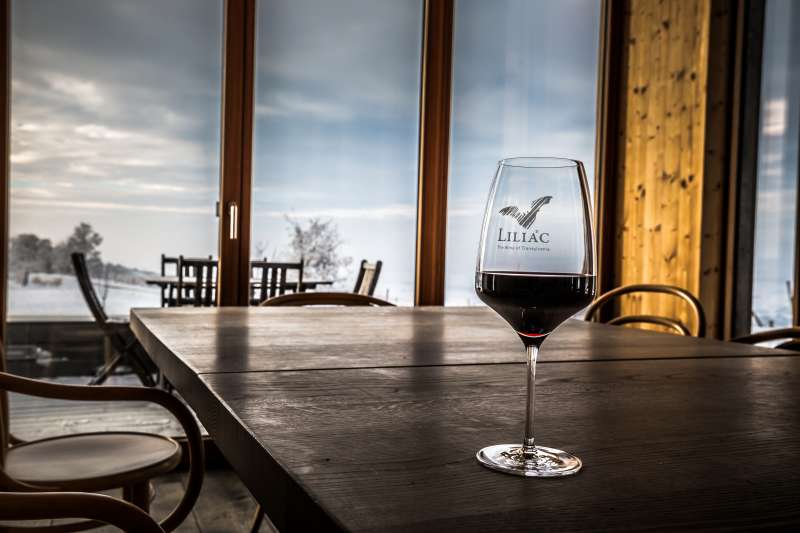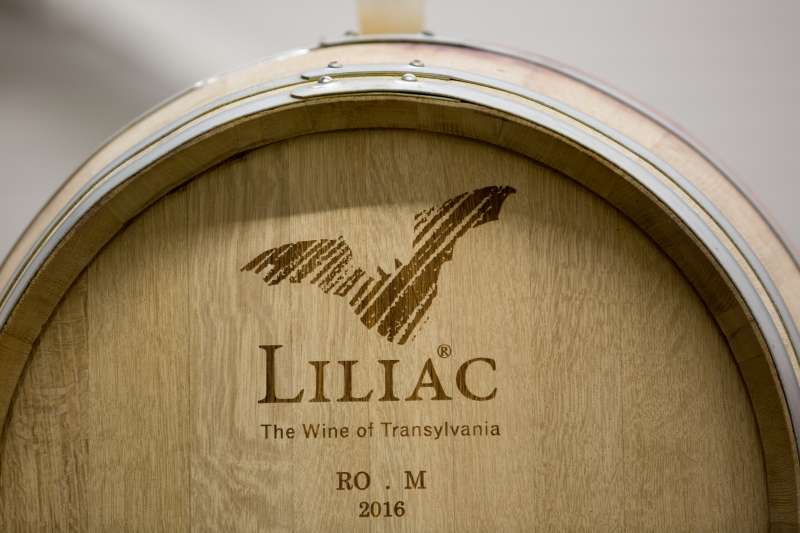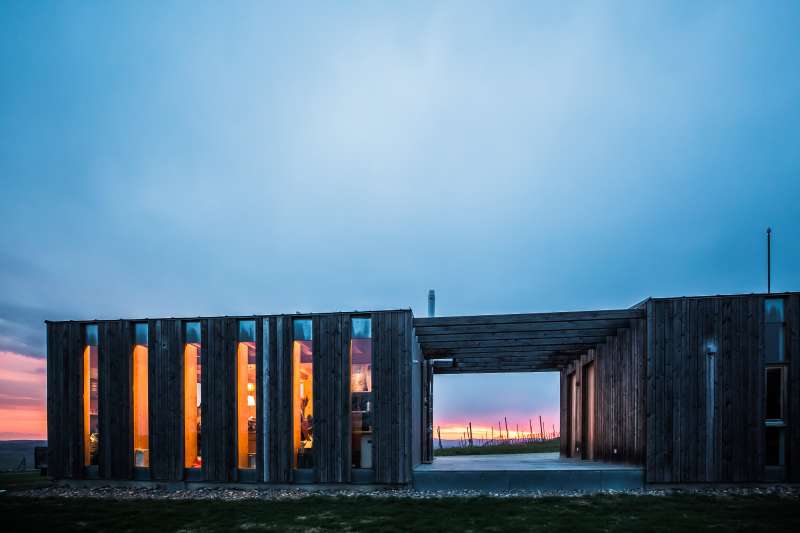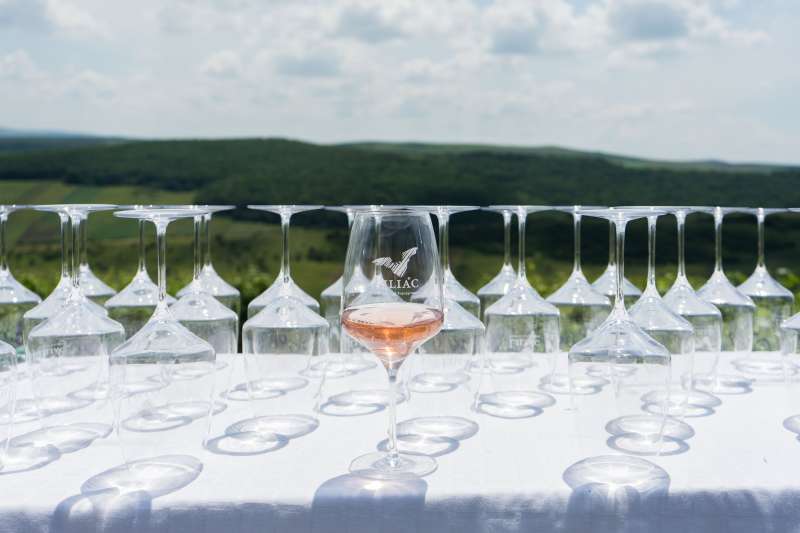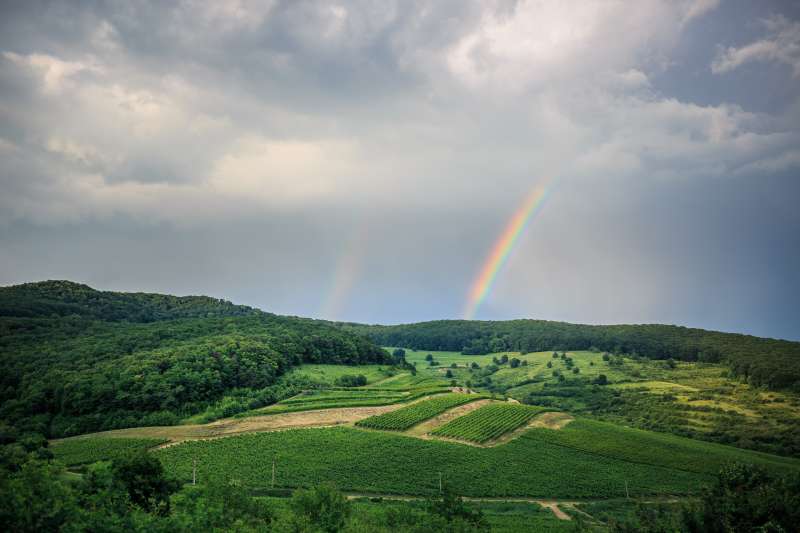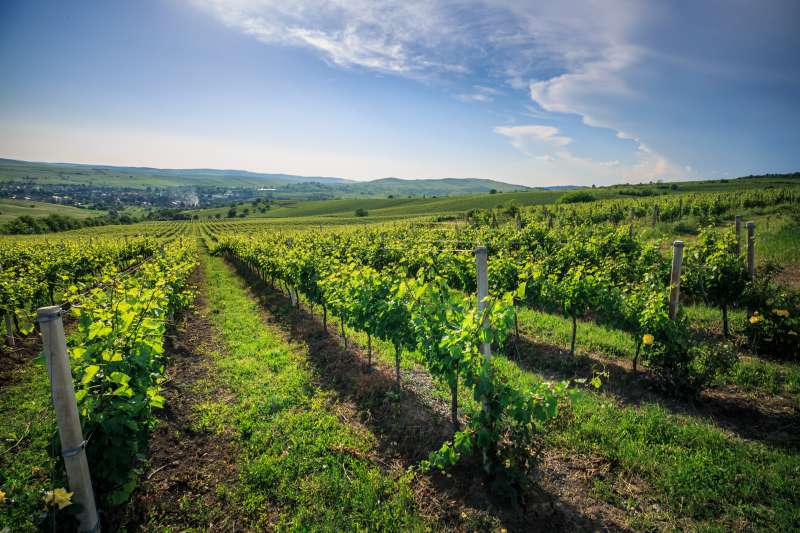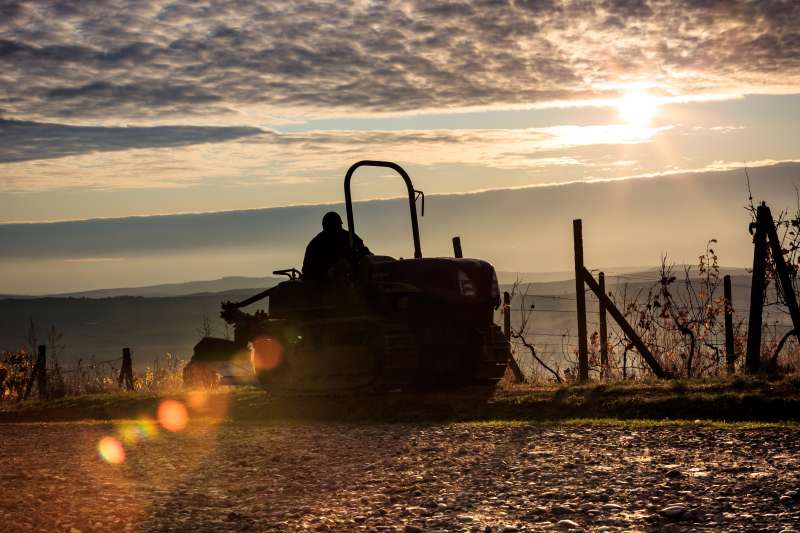CRAMA LILIAC
Str. Principală, Nr. 41, Sat Batoş, Comuna Batoş, Jud. Mureş, Batos, Mures


CRAMA LILIAC
Str. Principală, Nr. 41, Sat Batoş, Comuna Batoş, Jud. Mureş, Batos, Mures
Discountul de 10% se aplica doar la rezervarile facute direct la locatie.
THE GUARDIAN OF TRANSYLVANIAN WINE
Liliac has revitalised the Lechința wine region, whilst respecting the traditions of Transylvanian winemakers; a history that has roots with the vines first planted by the Roman Empire and continued by German colonists, who cultivated the first vineyards at the foot of the Carpathians.
In each bottle of Liliac you will find a dedication to quality, attention to detail, and a spiritual connection to the soil and the Transylvanian climate, decanted by Austrian experience and innovative winemaking techniques.
GRAPES PICKED AND PROCESSED TO REVEAL THEIR ESSENCE
Using modern techniques, our oenologists reveal the essence of local grapes, grown under the gentle Transylvania sun and hand harvested from our 52 hectares of vineyards.
Our winemaking process takes place under optimal conditions producing white, rose and red varieties of the highest quality, which will attract you with their fresh, fragrant and elegant aromas.
CULTIVATE THE JOY TO LIVE
Making wine may seem like serious work, but, in the end, all we do is grow grapes and ferment them. So, however you prefer Liliac wine - easy, fruity, sparkling, don’t take things too seriously. We encourage you to drink it, experience it and feel
• Lechința Vineyard
The 14 hectares have a specific microclimate enjoying warm summers and cool nights with enough rainfall to make irrigation unnecessary. Late summer mist helps slowly ripen the grapes, preserving the aromas and maintaining a good level of acidity. In short, the best conditions for wines, especially white wines.
• Batoș Vineyard
The soil in the Batoș vineyards, is solid, deep with a high capacity for water retention and sits at a low altitude. The area is characterised by significant differences in temperature between night and day. Covering 38 hectares the area is marked by its potential to make highly complex wines.
Liliac has revitalised the Lechința wine region, whilst respecting the traditions of Transylvanian winemakers; a history that has roots with the vines first planted by the Roman Empire and continued by German colonists, who cultivated the first vineyards at the foot of the Carpathians.
In each bottle of Liliac you will find a dedication to quality, attention to detail, and a spiritual connection to the soil and the Transylvanian climate, decanted by Austrian experience and innovative winemaking techniques.
GRAPES PICKED AND PROCESSED TO REVEAL THEIR ESSENCE
Using modern techniques, our oenologists reveal the essence of local grapes, grown under the gentle Transylvania sun and hand harvested from our 52 hectares of vineyards.
Our winemaking process takes place under optimal conditions producing white, rose and red varieties of the highest quality, which will attract you with their fresh, fragrant and elegant aromas.
CULTIVATE THE JOY TO LIVE
Making wine may seem like serious work, but, in the end, all we do is grow grapes and ferment them. So, however you prefer Liliac wine - easy, fruity, sparkling, don’t take things too seriously. We encourage you to drink it, experience it and feel
• Lechința Vineyard
The 14 hectares have a specific microclimate enjoying warm summers and cool nights with enough rainfall to make irrigation unnecessary. Late summer mist helps slowly ripen the grapes, preserving the aromas and maintaining a good level of acidity. In short, the best conditions for wines, especially white wines.
• Batoș Vineyard
The soil in the Batoș vineyards, is solid, deep with a high capacity for water retention and sits at a low altitude. The area is characterised by significant differences in temperature between night and day. Covering 38 hectares the area is marked by its potential to make highly complex wines.


